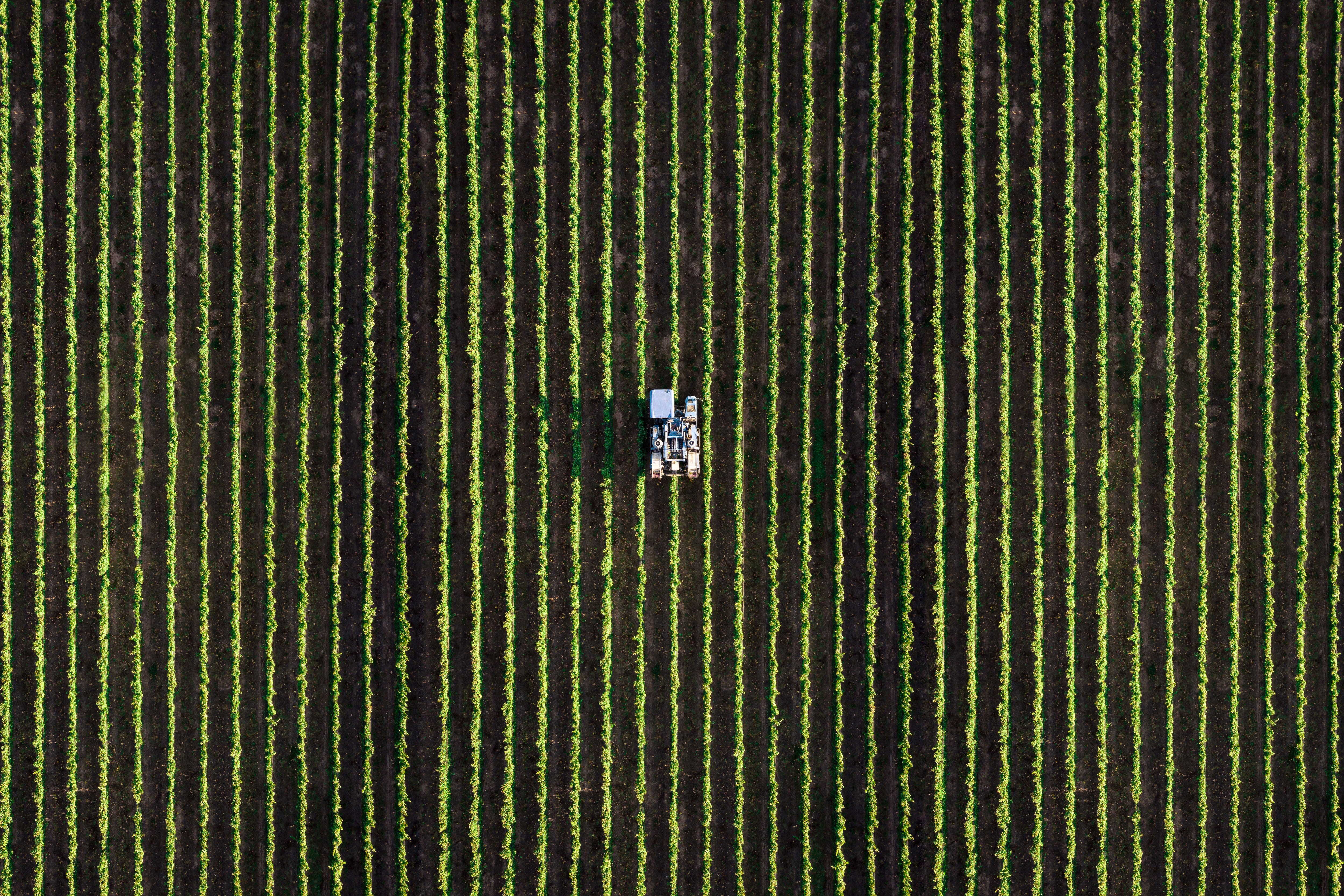Amid a stormy 12 months for agtech VC, characterised by constrained funding, uncertain economic conditions and exits at record lows, investors on one panel discussion at the recent World Agri-Tech Innovation Summit in San Francisco largely agreed we have reached the bottom of the agtech venture capital cycle.
Generalist VCs, they also concurred, have burnt their fingers in agri-food and will retreat from the sector for the short term. Considering the VC funding drop and corporate VC struggles, investors are now laser-focussed on capital efficiency.
Regardless of a company’s great product or technology, there’s an emphasis from companies on the business side of things, noted Cristina Rohr, managing director at S2G Investments. “What we’re seeing is that you’re combining some strong innovation with more commercial scalability and market awareness and thinking through partnerships and collaborations that can be more capital efficient.”
The bottom of a VC cycle is often marked by a reset period where inefficiencies are corrected, and market dynamics adjust to new realities. But the fact we are at the bottom “doesn’t mean it’s going up fast or that a bunch of capital is going to return”, pointed out Po Bronson, general partner at SOSV.
The biggest challenge is still a lack of commercial traction, added Brook Porter, partner and co-founder at G2 Venture Partners. “We just don’t see as many companies able to break through that 10 million threshold,” he told the audience. “I think in this economic downturn it’s been harder for companies to find that growth and break through.”
Cashflow break-even is the new y-o-y growth
To illustrate the shift in focus to capital efficiency, funded companies today are more likely to be prioritising reaching cashflow break-even over year-on-year growth compared to two years ago, the investors noted.
We can’t ignore the destructive effects of higher interest rates and the macro cycle, stressed Clay Mitchell, co-founder and managing director at Fall Line. “I think people still underappreciate how deeply pervasive it is,” he said, “and how it affects literally every motion and structural element in every company”.
2025: a vintage year?
Porter, however, was optimistic that growth is set to rebound. “There’s less capital but there’s great companies always being formed. They are harder, but the survivors end up being incredible opportunities that can thrive and can become really big companies.”
The next few years will be a great time to invest, he said. “I don’t think we are at the bottom quite yet but it’s the start of the bottoming and that’s a great time to be investing and building companies. It’s harder, you have to be fit, but the opportunities are profound.”
Agtech’s cultural challenge
But others warned of a wider cultural problem that could deter investment. The Monsanto-Bayer merger has left a corporate innovation gap, claimed Kiersten Stead, managing partner at DCVC Bio. “One of the changes in culture that we are observing in the larger agricultural companies is the lack of Monsanto which was willing to buy and pay for new innovation and technology,” she told attendees. “With that not being an option, we are seeing an entrenchment culture in a lot of the big ag companies where they are looking inward for technology development only and being a little bit snarky about technologies that are externally developed.”
In her opinion, whether or not agtech VC funding has actually bottomed, “there’s a cultural challenge that we have to face where larger companies have to realise that their expertise really cannot be replicated on delivery, on largescale testing of eventual technologies. Small companies can’t do that and shouldn’t do that.
“There needs to be some pull through and some recycling of capital. Until that happens, we will be trying to encourage our companies to get cash break-even.”
Agtech’s cultural problem, coupled with the subdued IPO market in general, is one of the things that is “choking up exits”, agreed Adam Anders, managing partner at Anterra Capital. “When that unleashes it will definitely be a tipping point of more capital arriving. I hope that the opportunity is gonna happen because the size of the prize is getting bigger each year.”
From hype to hypervigilance
On another panel discussion at the World Agri-Tech Innovation Summit corporate VCs reflected on their lessons learned amid the slump in financing.
The number of CVCs has nearly doubled in a decade to around 17, pointed out Michael Lee, managing director, at Syngenta Ventures. But he too noted their current cautious mood. Prior to 2020, he said, CVCs were “basically shooting from the hip and acquiring something that they fell in love with and maybe regretting it later”. Corporates are now making fewer investments and shifting their focus more towards “delivering value on what they already have”.
In what’s more evidence of their frugality, since 2020/21 almost without exception every single acquisition has had an equity stake from a CVC.
“The change that we see is from hype to execution or commercial viability,” added Lee. “You can see that in how we do business, and what we expect from start-ups and how we source and choose them. It’s not 2021 anymore. We are not at that peak, and we are being more selective.”
CVC funding offers start-ups strategic advantages like market access and long-term partnerships. But founders are carefully assessing potential drawbacks, such as loss of autonomy, slower processes, and misaligned goals before committing to such relationships.
The fears of founders ‘getting trapped’ with a CVC are ‘valid concerns’, said Sebastien Pascual, director of agri-food investment at Temasek. “But not wanting to engage is ultimately a mistake because the corporates are absolutely a necessary part of the ecosystem in the agri-food segment, particularly if you want to get a channel and get to market. This is hard to get and was built over many years at high cost and is it very unlikely you can replicate it yourself.”





